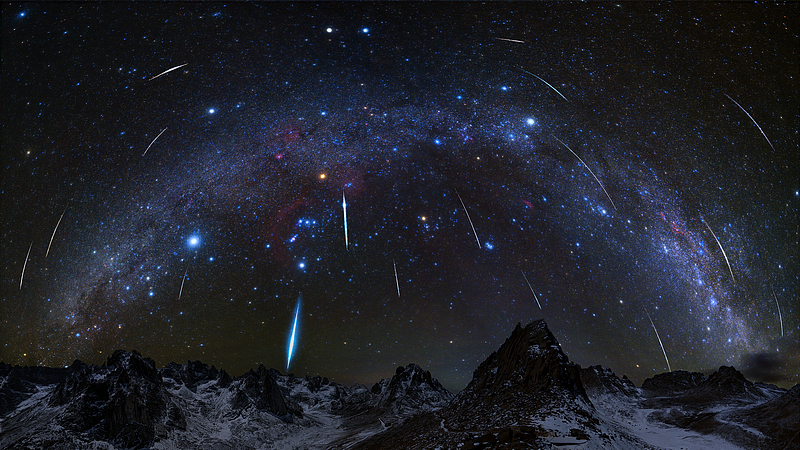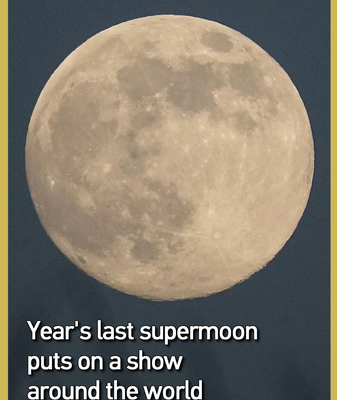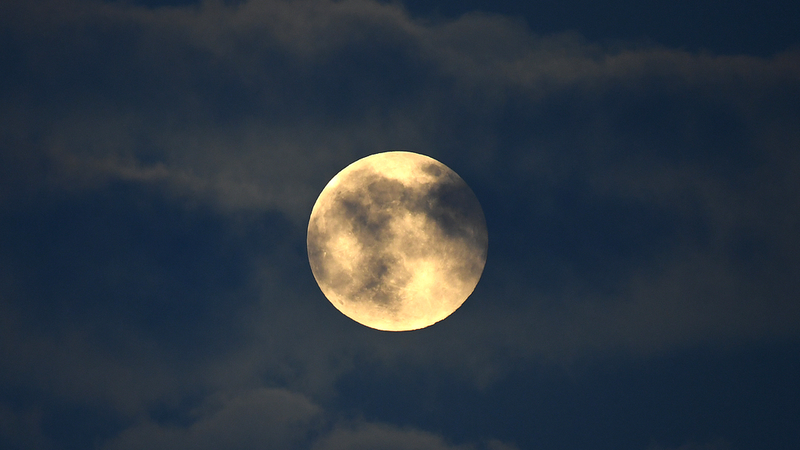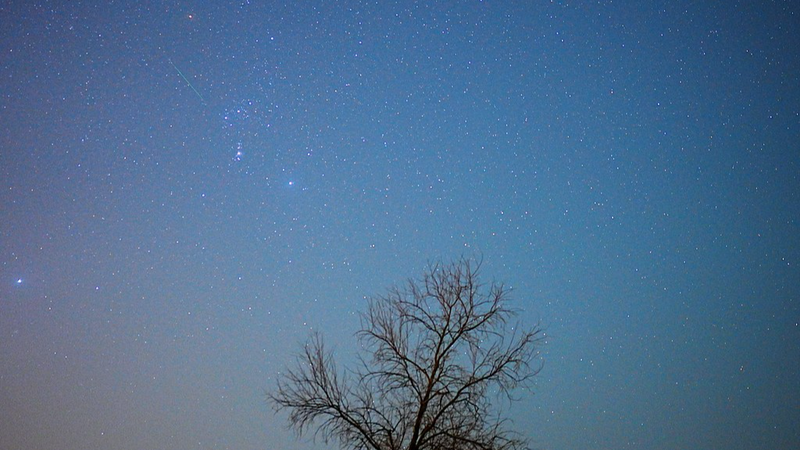
Geminids Meteor Shower: Nature’s Reliable Year-End Spectacle
Discover why the Geminids, one of the Northern Hemisphere’s ‘big three’ meteor showers, consistently light up December skies with up to 150 meteors per hour.
My Global News: Voices of a New Era
🌍 Stay Ahead, Stay Global 🚀

Discover why the Geminids, one of the Northern Hemisphere’s ‘big three’ meteor showers, consistently light up December skies with up to 150 meteors per hour.
The Geminid meteor shower peaks this weekend with up to 150 meteors per hour. Discover viewing tips and get ready for January’s Quadrantid shower.

The Geminid meteor shower peaks tonight into tomorrow, offering up to 120 meteors per hour. Find a dark-sky spot, bundle up, and make a wish under winter’s celestial spectacle.

December’s ‘Cold Moon’ supermoon peaked December 5, 2025, lighting skies worldwide. Discover the science, culture, and best tips for global skywatchers.

Night sky enthusiasts worldwide marveled at 2025’s final supermoon on December 4, appearing up to 14% larger and 30% brighter than usual.

On December 5, 2025, the final supermoon of the year, known as the cold moon, dazzled skywatchers worldwide, marking the third and second-largest perigee full moon of 2025.

Experience the last supermoon of 2025 tonight as Earth’s closest full moon this year transforms the sky into a breathtaking celestial show.

Catch the Leonid meteor shower at its peak tonight (Nov 17–18, 2025). Tips on locations and timing for the best stargazing experience.

The Orionid meteor shower peaked Oct 21–22, offering 20–25 meteors per hour for stargazers worldwide under clear, dark skies near Orion and Gemini.

EHT’s latest images of the M87 black hole trace how its magnetic fields flipped over four years, offering fresh insights into cosmic jet formation.